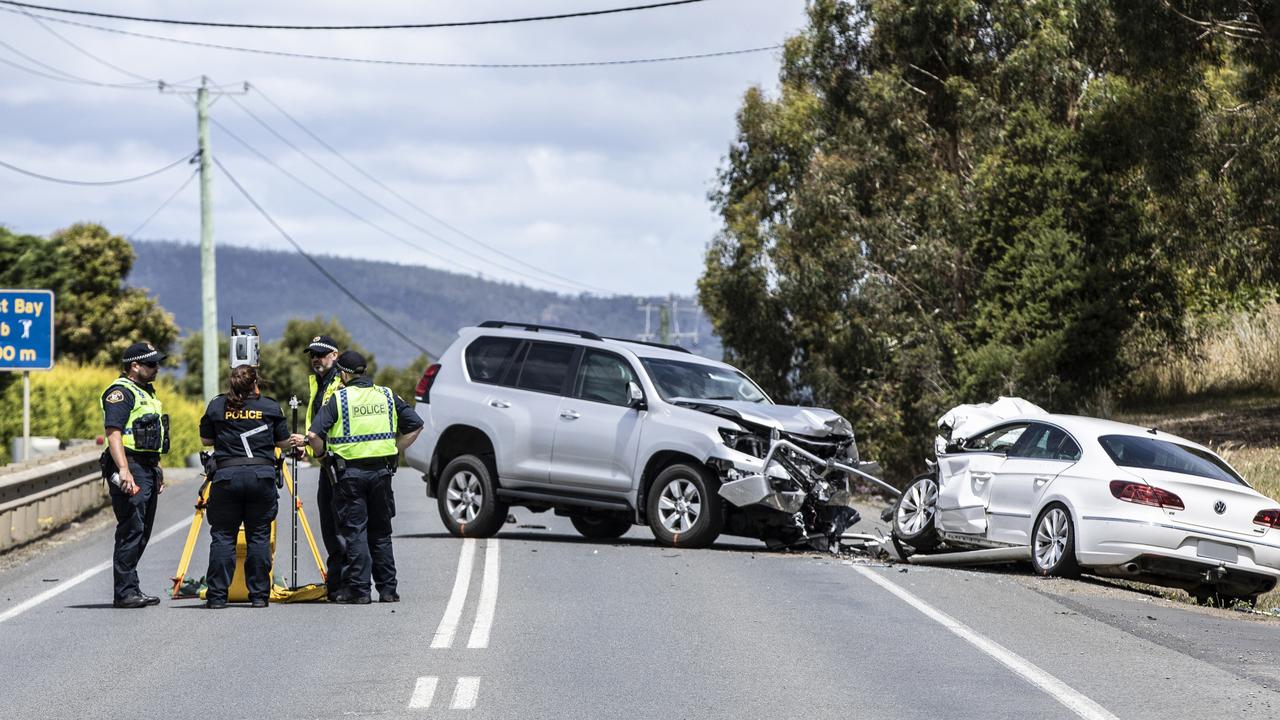Hobart Airport’s ambitious plan ready for takeoff: Future Tasmania
The first stage of Hobart Airport’s redevelopment, which includes doubling the size of the terminal and upgrading the runway, is about to get under way. WHAT’S NEXT >>
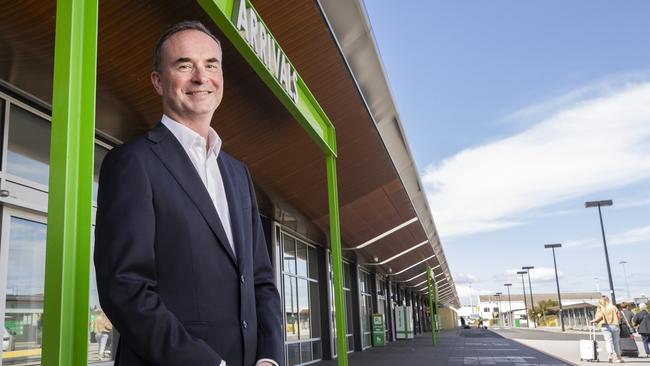
Future Tasmania
Don't miss out on the headlines from Future Tasmania. Followed categories will be added to My News.
THE first stage of Hobart Airport’s ambitious redevelopment, which includes doubling the size of the terminal and significantly upgrading the runway, is about to get under way, with the massive project expected to be completed by late 2026.
The number of travellers coming and going through the airport is projected to increase from 2.8 million in 2020 to 5.5 million by 2042.
Hobart Airport chief executive Norris Carter said this was why the terminal’s footprint needed to be effectively doubled from 12,000 square metres to 23,000 square metres.
“Given the last time we upgraded our airport terminal it was to cope with 1.5 million people each year, we have plans to double the size of our terminal to meet Tasmania’s population growth both now and into the future,” Mr Carter said.
The Mercury can reveal that initial works on major upgrades to the airport’s road network and parking infrastructure will begin in the next few months “to ensure the facility can grow sustainably as services and population increase in Tasmania”.
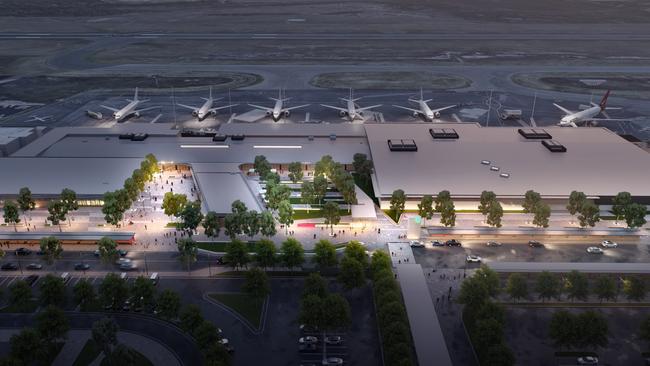
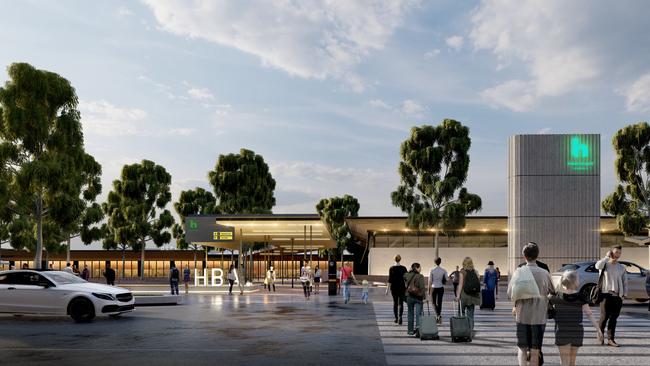
The federal government has committed $60m towards the airport’s runway upgrade, which will allow it to accommodate wide-body, long-haul aircraft and therefore attract more passenger and freight services operating between the rest of Australia, New Zealand, Asia and Antarctica.
“Our development of an airfield capable of facilitating wide-body, long-haul aircraft will keep businesses, families and friends connected, and enable Tasmania to access domestic and international offshore markets,” Mr Carter said.
An Auckland-to-Hobart service restarted in 2021 and Mr Carter says that the “next logical step” for the airport is to establish regular, direct year-round services for passengers and freight to an “Asian hub”, such as Singapore or Hong Kong, as well as supporting other countries to access Antarctica.
Hobart Airport, the ninth-busiest domestic airport in the country, has services operating to every Australian capital city, except Darwin. In the five years to 2019, the airport was the fastest-growing major capital city airport in Australia, with 2.8 million passengers coming and going in 2019.
With the dark days of the pandemic now in the rear-view mirror, passenger numbers have “rebounded”, according to Mr Carter, who said growth was “looking strong”.
It is anticipated that 3.5 million passengers will pass through the airport each year by 2030.
Hobart Airport drove $145m in economic activity in Tasmania in 2019, and Mr Carter said this was expected to rise to $412m by 2042.
In October 2019, the airport was bought by a consortium made up of Australian-based and international organisations, with 70 per cent of equity interest acquired jointly by Australian asset manager QIC Ltd, and Dutch airport operator Royal Schiphol Group. The remaining 30 per cent is held by Tasmanian super fund, Spirit Super.
Airport’s Antarctic link push
Hobart Airport executives have spruiked the benefits of their planned runway upgrade to Korean and Japanese government officials, demonstrating how the works would make the city a more attractive base for international Antarctic operations.
Representatives from the airport joined Premier Jeremy Rockliff on a trade mission to the Asian nations earlier this month in an effort to convince them of Tasmania’s advantages as an Antarctic hub.
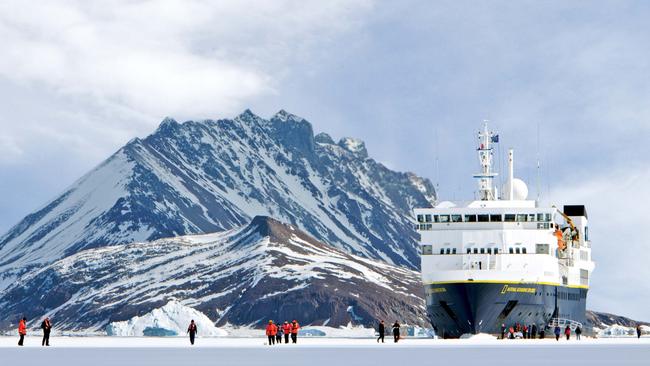
The state’s Tasmanian Antarctic Gateway Strategy 2022-2027 has a goal of making Hobart the world’s premier gateway to Antarctica and the Southern Ocean.
The Antarctic sector is currently worth $60m a year to the state, directly employs more than 950 people locally and attracts about 7000 visitor nights of accommodation and hospitality services every year.
Hobart Airport CEO Norris Carter said the facility was a “key piece of Antarctic gateway infrastructure”, alongside the Port of Hobart and the planned Antarctic and Science Precinct at Macquarie Point.
“The upgrade of the Hobart Airport runway to accommodate wide-body, long-haul aircraft will improve the ability of the Australian Antarctic Division and Defence [Department] to reach deep into the Antarctic regions and the Southern Ocean,” he said.
“Not only will this improve our links but, given the narrow summer operational window for Antarctic operations, will lead to more efficient movement of freight and passengers into and out of this environmentally sensitive area.”
Hobart Airport is the home airport for the Airbus A319 intercontinental Antarctic air link service, which operates regularly from Hobart to Australia’s Wilkins runway and the McMurdo runway, owned by the US government.
The service chiefly transports personnel and equipment for national programs operating in Antarctica.
Carbon status is soaring
Hobart Airport has become the first capital city airport in Australia to achieve carbon-neutral status after spearheading a variety of sustainability initiatives.
The airport has received Level 3+ Neutrality accreditation in the international Airport Carbon Accreditation program.
Chief operating officer Matt Cocker said Hobart Airport had been implementing projects to improve the environmental sustainability of the terminal, as well as conserve the surrounding natural areas.
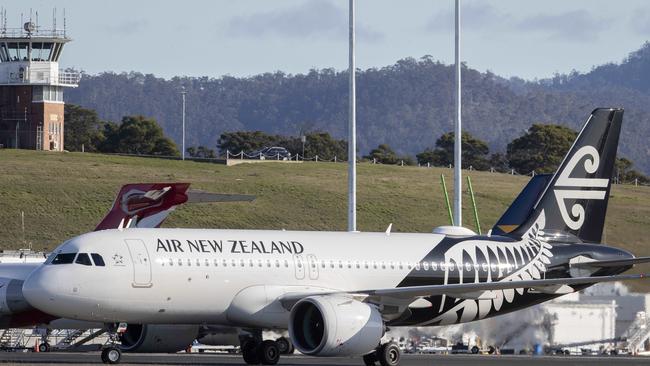
“Some of these projects are as simple as requiring terminal businesses to use compostable packaging and replacing old lights with LEDs,” he said.
“Other projects involve working with other businesses operating on the airport, such as contractors, to reduce waste, emissions and energy use.
“We also actively manage a wide range of biodiversity at Hobart Airport, including critically endangered grasslands and saltmarsh areas.
“We work in collaboration with nearby communities, and access Indigenous knowledge to manage grasslands.”
Level 3+ Neutrality accreditation requires an airport to compensate for carbon emissions if they can’t be reduced by other means.
Carbon neutrality is achieved when residual airport emissions are offset by the purchase of carbon credits. Hobart Airport offsets its operational emissions – as opposed to aviation emissions – with Commonwealth-accredited offsets through the Tasmanian Land Conservancy.
Offsetting emissions involves providing funds to projects that reduce carbon dioxide, to make up for emissions that can’t be completely eliminated by an airport.
The Mercury and demographer Bernard Salt are gearing up for the Future Tasmania lunch event on Friday March 31. To be part of the action, tickets are available at futuretasmania2023.splashthat.com



